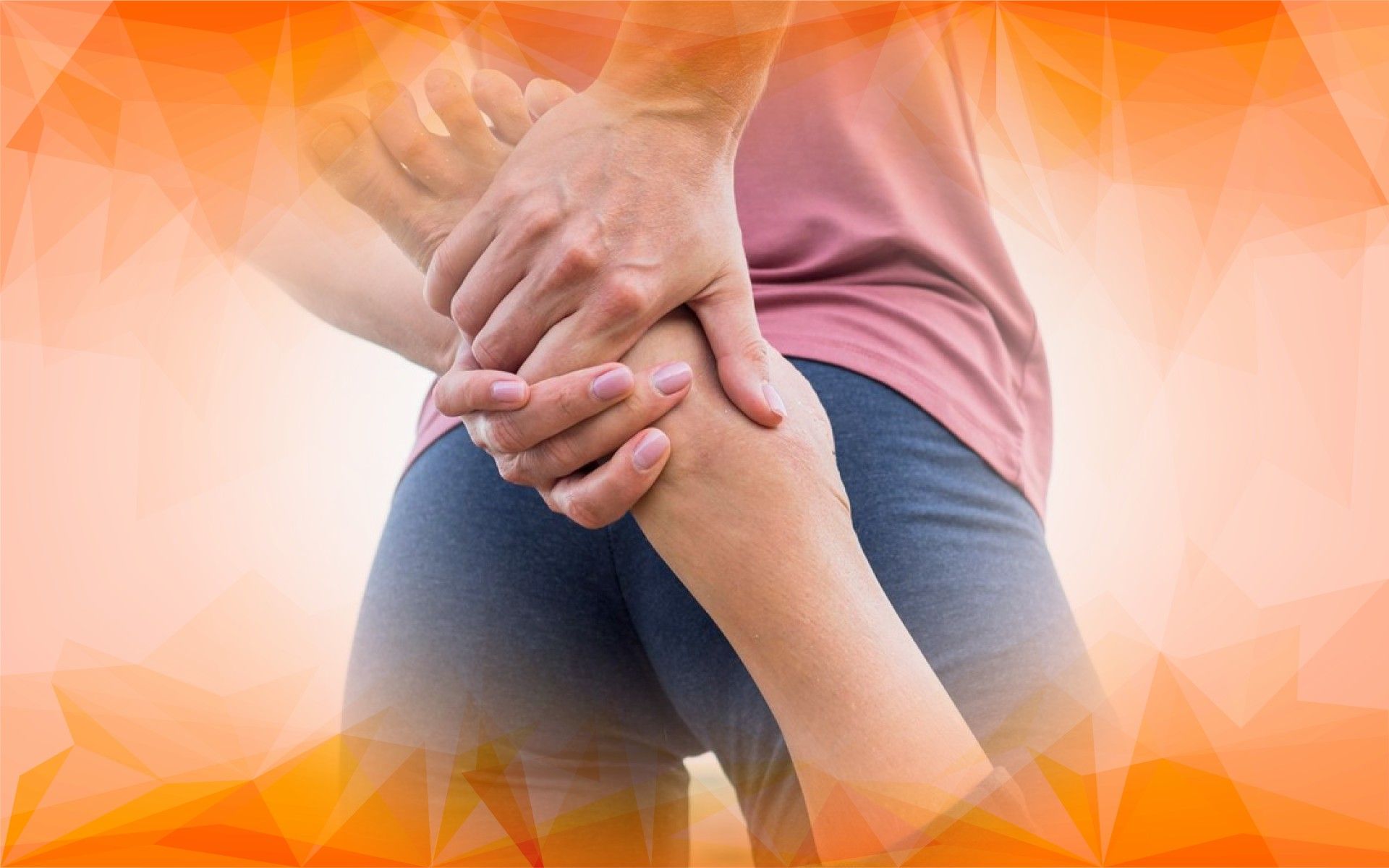Introduction
Knee osteoarthritis is a widespread condition where the protective cartilage in the knee joint gradually breaks down, leading to pain, stiffness, and difficulty with everyday movements like walking or climbing stairs. As our population ages and more people stay active later in life, this chronic condition is becoming even more common—affecting millions in the United States alone, especially those over the age of 45.
Physiotherapy has long played a key role in managing knee osteoarthritis , offering non-surgical methods to reduce pain and improve movement. Today, exciting advances in physiotherapy , guided by research and data, are transforming treatment. Let’s explore the latest evidence-based techniques that are helping people with knee osteoarthritis regain mobility, manage pain, and maintain their independence.
What Is Knee Osteoarthritis and How Is It Usually Treated?
Knee osteoarthritis occurs when the cartilage that cushions the bones in the knee joint steadily wears away. Without this smooth layer, bones start rubbing against each other, causing inflammation , pain, and limited movement . Over time, the joint space narrows and bone changes can develop, making movement even tougher.
Traditional treatments focus on symptom management—using medications for pain and inflammation, recommending lifestyle changes such as weight loss, and in severe cases, considering surgery like knee replacement. While these approaches can provide relief, they come with downsides. Medications may bring side effects, and surgery is a major step with significant costs and recovery time.
Physiotherapy has consistently helped people with knee osteoarthritis through exercises and hands-on methods that keep the joint moving and reduce discomfort. More recently, physiotherapy has shifted to a more personalized, evidence-based model. Now, treatments target the underlying causes of joint pain and dysfunction, aiming not only to ease symptoms, but to slow the disease’s progress and improve daily function.
A thorough assessment—including a detailed history and examination of muscles, ligaments , and other joint structures—is an essential first step for any effective physiotherapy plan. Identifying risk factors like previous injuries , obesity, and activity levels enables therapists to create tailored interventions for the best results.
Cutting-Edge Physiotherapy Techniques Backed by Data
One of the most powerful strategies for managing knee osteoarthritis is a personalized exercise program. Strengthening the muscles around the knee—especially the quadriceps—helps stabilize and protect the joint, easing the load on worn cartilage . Research consistently shows that such targeted exercises can significantly ease pain and boost mobility.
Manual therapy techniques, including joint mobilizations and soft tissue massage, can increase flexibility and help reduce stiffness. Clinical studies have shown that these hands-on treatments can improve joint movement and offer noticeable pain relief.
Electrotherapy, such as transcutaneous electrical nerve stimulation (TENS), is another tool in the modern physiotherapist’s arsenal. By delivering gentle electrical currents to the affected area, TENS disrupts pain signals, providing short-term relief that can make it easier for patients to participate in exercise and daily activities.
Perhaps most exciting is the introduction of technology into physiotherapy . Wearable sensors and real-time biofeedback systems now allow therapists and patients to track movement with remarkable precision. These devices ensure exercises are performed correctly and safely, speeding up recovery and making it easier to track progress over time. This data-driven approach means therapy can be continually adjusted for the best possible outcome.
While these innovative approaches are promising, practical factors like cost, availability, and patient commitment still influence long-term success. Ongoing research is essential to refine these tools and make them accessible to even more people.
Looking Ahead: The Future of Knee Osteoarthritis Care
In summary, modern physiotherapy techniques are reinventing how we manage knee osteoarthritis . By combining targeted exercise, manual therapy , innovative technologies, and electrotherapy, clinicians can offer care that goes far beyond symptom management—improving joint health and overall quality of life.
As research progresses and technology continues to evolve, these personalized and evidence-based strategies will become even more effective and widely available. This means a brighter, more active future for everyone living with knee osteoarthritis .
References
- Leung, R. W. (2018). Osteoarthritis of the knee. InnovAiT: Education and Inspiration for General Practice, 11(4), 190-197.
- Parmet, S., Lynm, C., & Glass, R. M. (2003). Osteoarthritis of the Knee. JAMA, 289(8), 1068. https://doi.org/10.1001/jama.289.8.1068
- Brigham, C. R., Brooks, C. N., & Talmage, J. B. (2005). Knee osteoarthritis. Guides Newsletter, 10(2), 1-3, 7, 12.




